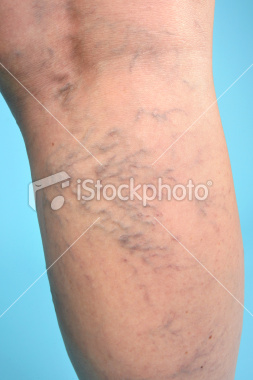Fainting, medically known as syncope, results from a drop in blood pressure or heart rate. According to medical experts, like Dr. Raymond Little of The Vein Institute & MediSpa, fainting may occur because of certain triggers, such as dehydration, stress, or exhaustion. Meanwhile, recurrent syncope may be the sign of a heart condition; and those who suffer from such should immediately consult their physician to determine the cause of their fainting and to receive treatment.
Fainting, also called syncope, is a sudden, brief loss of consciousness and posture caused by decreased blood flow to the brain. It can be caused by various medical conditions, which include heart problems such as irregular heartbeats, seizures, panic or anxiety attacks, low blood sugar, anemia, and problems with how the nervous system regulates blood pressure. Doctors, like
Raymond Little, also note that some types of fainting seem to run in families. While fainting may indicate a particular medical condition, sometimes it may occur in an otherwise healthy individual. Fainting is also a particular problem for the elderly, who may suffer serious injuries from falls when they faint. Most episodes are very brief. In most cases, the individual who has fainted regains complete consciousness within just a few minutes.
According to statistics, fainting is a common problem, accounting for 3 percent of emergency room visits and 6 percent of hospital admissions. It can happen to otherwise healthy people.
Prior to passing out, one may experience the following:
• Feel weak, dizzy, lightheaded, or nauseated
• Sweat and turn pale
• Hear ringing and/or random, fading sounds
• Experience a visual disturbance, like everything seems “graying out”
According to doctors, like
Raymond Little, such symptoms may last for a few seconds before a brief loss of consciousness occurs. Recovery from fainting is rapid, although one may initially feel nauseous and sweat profusely.
If one feels the warning signs of fainting, medical experts, like Dr. Little, suggest lying down, with the legs elevated, ideally higher than the head. It is also important to follow the doctor’s guidelines and attend all appointments to prevent future episodes of syncope.
If you have been suffering from syncope, set an appointment with Dr. Raymond Little. Visit this website for more details.






















